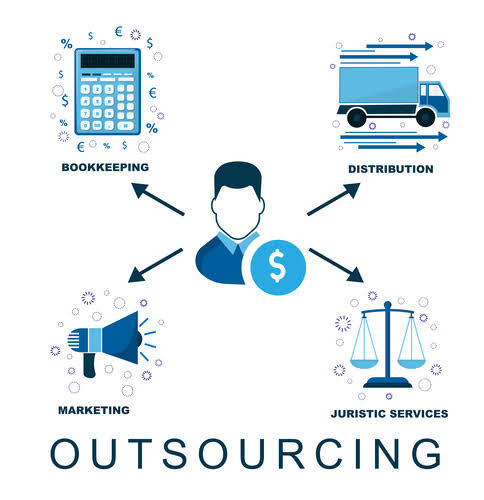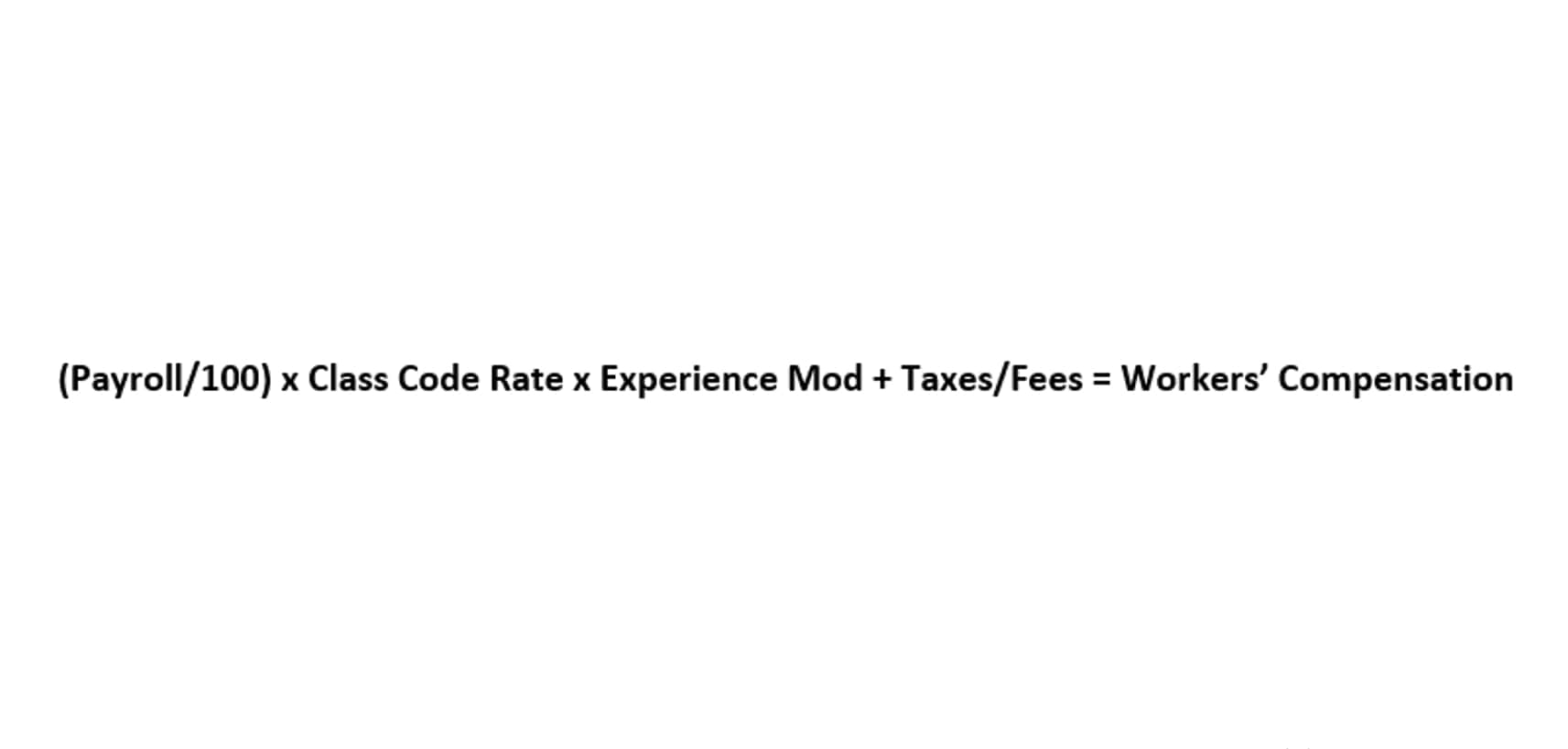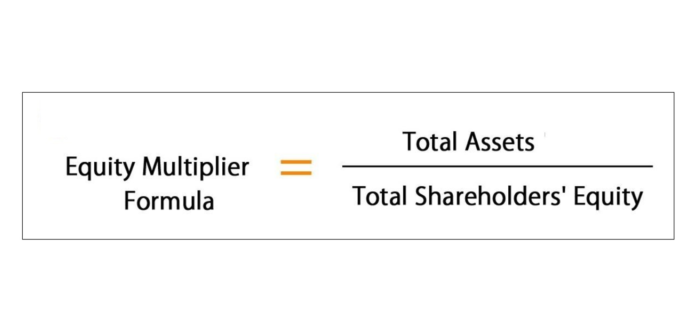Budgeting vs Forecasting Top 8 Differences with Infographics

A forecast helps you understand if you’re still on track to meet your budget goals and provides the foresight needed to make course corrections. Forecasting, on the other hand, projects where a company is headed based on the latest available information. While budgets are static and usually prepared for a year or longer periods, forecasts are updated monthly or quarterly. To get started download our free sales forecast and cash flow forecast templates or consider using financial forecasting software like LivePlan.

Budget vs. Forecast vs. Projection: What Are the Differences?
- These two practices come together in budget forecasting, which is the practice of testing a budget within a forecast to see if it accomplishes the business’s goal.
- Firms often grapple with budget vs forecast debate, not realizing that these financial tools are equally important for their business’ long-term planning.
- Many businesses merge judgment and quantitative forecasting to determine future costs, plan the company’s trajectory, and forecast sales and market demand.
- A forecast may be for a long-term or short-term period or using the top-down or bottom-up approach.
- Budgeting allows for adjustments and revisions to accommodate changes in business priorities, market conditions, or unforeseen events.
- Say you want to reduce software costs and unnecessary subscriptions that should be reflected in your budget.
Planning, budgeting, and forecasting are three interconnected processes that help organizations set and achieve their financial goals. While these terms are often used interchangeably, they each serve distinct purposes. Understanding their https://www.bookstime.com/articles/bookkeeping-for-shopify-sellers differences is key to effective financial management.
Qualitative forecasts
This limitation can result in suboptimal predictions and poor decision-making. If you’re completing a budget and a forecast, it’s best to do the forecast first to build a budget based on it. Once you’ve completed a forecast, you get a rough estimate of what kind of revenue and expenses to expect, then plan an optimal path that connects the two. The purpose is to determine what the business should do to achieve its goals. A forecast is more relaxed when it comes to how detailed it needs to be. While you could spend countless hours plotting out every possible trend and potential change, most forecasts focus on key variables to measure the impact on a business’s financials.

Develop in-depth analysis and assumptions
- This step is where you take the data from your analysis and project estimated revenue based on earning history.
- Forecasting, on the other hand, offers a forward-looking view of financial performance based on real-time data and trends.
- It sets specific targets and helps businesses manage cash flow by controlling costs and optimizing resources.
- Both styles attempt to provide insight into business futures so executives can make strategic, informed decisions for the company.
- A budget sets a financial plan for achieving future goals, while a forecast models the future.
Let’s say, a retail company analyzes three years of sales data and forecasts a 20% increase for the holiday season based on seasonal trends. Now, it will use this forecast to create a budget for the next year and allocate funds for inventory, staffing, operations, etc., aligning with its financial goals. Automation helps businesses improve forecast accuracy upon AutoML for accounts receivable and payable cash flows by using Accounting Periods and Methods data from ERP. These advanced AI cash forecasts leverage customer invoices, and sales orders, promises to pay for AR forecasts and vendor invoices and purchase orders for AP forecasts. Automated tools offer proprietary auto-ML cash forecasting systems trained on historical transaction data to create cash forecasts.
- To follow our experts and receive industry insights on planning, budgeting and forecasting, register for our latest webinars.
- Accurate financial forecasting goes beyond gathering numbers and financial data.
- They are useful when historical data is limited, such as for new product launches or market trends.
- Forecasts can span several years, but you will want to update them on a rolling basis, such as monthly.
Forecasting can be both short-term and long-term, depending on the company’s needs. For example, a business may forecast monthly sales for the upcoming quarter or project its financial outlook over the next five years. The ability to update forecasts as new data becomes available makes this approach more flexible than budgeting. To create a budget, start by defining your financial goals and gathering relevant income and expense data. Categorize your expenses, analyze past spending, and allocate income to each category, ensuring expenses don’t exceed income. Include savings, regularly review actual spending, and adjust as needed for financial alignment.

Lumel empowers finance, planning, and analytics teams with intuitive tools for budgeting, forecasting, and reporting—helping you move from static plans to agile, data-driven decision-making. By clearly understanding the differences between budgets and forecasts, your organization can plan with confidence, respond with speed, and stay aligned with strategic goals. Early-stage companies that operate without a financial plan run the risk of misallocating resources, wasting time and failing to align on business goals. Proper budgeting and forecasting, on the other hand, spurs resource efficiency, acceleration of timelines, accountability, and the versatility to adapt on the fly with data-driven insights. Financial forecasting and budgeting are essential financial planning tools for companies of all shapes and sizes. These two terms are often used interchangeably, but there are major differences between budget and forecast methodologies, outcomes, and uses.
Accounting software, such as QuickBooks, can help generate budgets and projections without much effort. As a financial analyst, you’ll likely support this process, whether by building departmental budgets or ensuring company-wide alignment. For example, if you’re working with marketing, you might help outline exact spending limits for campaigns, tools, and sponsorships. A budget typically covers a fixed period, usually one fiscal year, and remains relatively static once it’s set. A financial forecast can cover anywhere from the next one to five years with varying levels of detail.

You can also adjust your budget as the year passes depending on your startup’s needs. When creating your forecast, rather than only looking at your primary products or services, take a holistic approach and include the entire company. You’ll get a more accurate picture and difference between budget and forecast end with a stronger plan of action.
